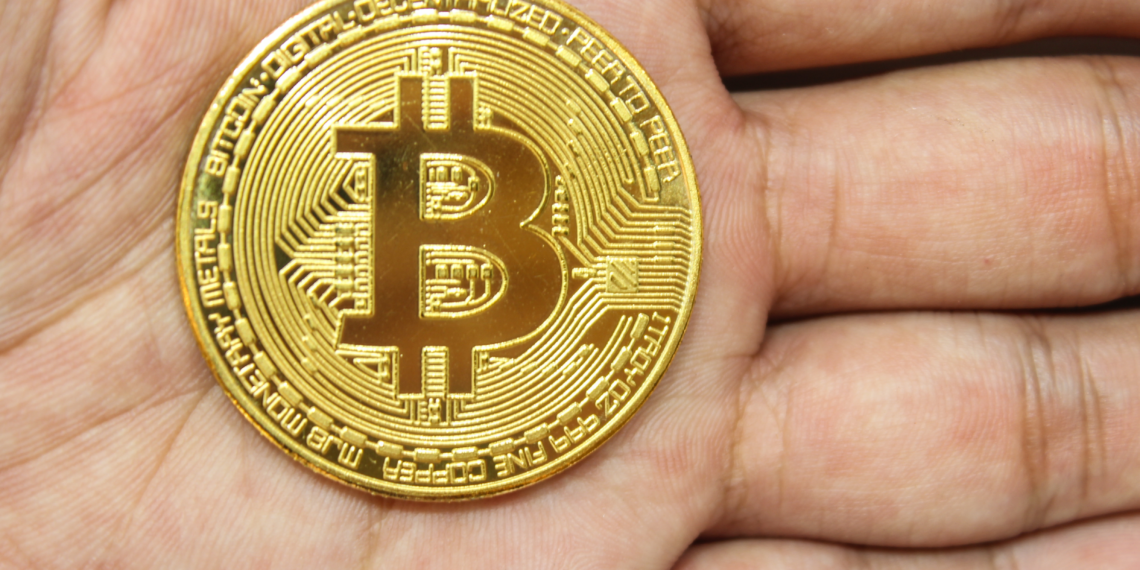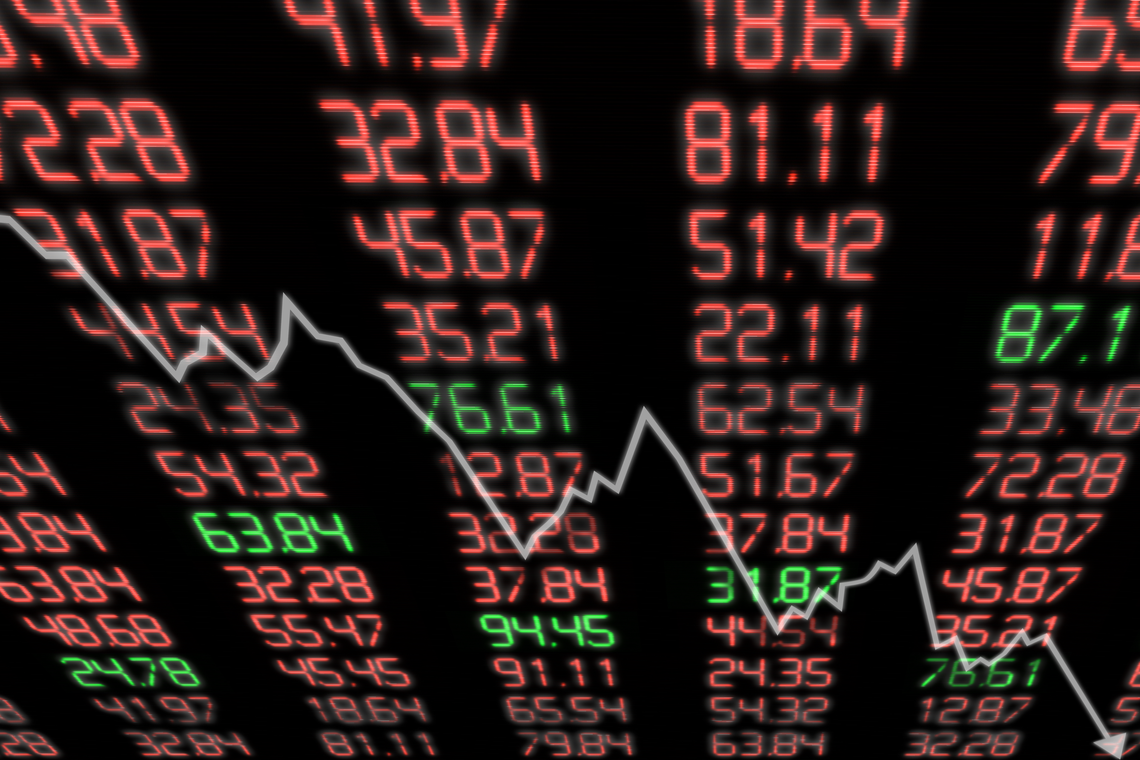17 years after his first Super Bowl, New England Patriots’ QB Tom Brady is set to make his ninth appearance on the largest stage. How did the world look nearly two decades ago and was anyone even thinking of a decentralized and trustless payment network?
In early 2002, a 24-year old under-the-radar QB in tandem with a 49-year-old ‘young and bold’ head coach shocked the American football world with an upset win against the St. Louis Rams, then heavy favorites. 17 years later, Tom Brady and Bill Belichick are on the same stage — and they hardly ever left. The duo is still winning and is set for yet another showdown against the same, but very different-looking, Los Angeles Rams.
Much has changed since 2002, even though Brady and Belichick might stubbornly refuse to admit it. A new, exciting, and frightening digital world has developed in these 17 years — from social media to smartphones to mobile apps. In fact, many things that we now take for granted didn’t even exist when Brady won his first Super Bowl.
SponsoredThings that didn’t exist when Tom Brady played in his first Super Bowl:
iPhone
Android
YouTube
MySpace
Tesla
Spotify
Skype
Gmail
Uber
Airbnb
Google Maps
iTunes Store
SoundCloud
Nintendo Wii
Dropbox
Hashtags
SpaceX
Fitbit
GoPro
iPad— Jon Erlichman (@JonErlichman) January 21, 2019
Do you know what else didn’t exist? Bitcoin.
Bursting The Dot-Com Bubble
In 2001 and 2002, there wasn’t even a fully-developed Internet, to begin with. However, there were some ‘scraps’ left from the infamous dot-com bubble that nobody wanted to even touch — like Amazon or eBay.
SponsoredThe US stock market was a mess, following the dot-com crash in 2000 and September 11 attacks in 2001.
After a careless spending spree — the 2000 Super Bowl had 16 dot-com commercials, each costing $2 million for a 30-second ad — most Internet companies closed down, leaving the Super Bowl from the following year with just three dot-com ads (E-Trade, Monster.com, and Yahoo! HotJobs).
2002 completed the bear cycle with stocks losing $5 trillion in market capitalization since the peak in 2000.
Bit Gold, Napster & BitTorrent
If you think 2002 was too early for anyone to even think of a decentralized payment system, think again.
Four years earlier, in 1998, computer scientist Nick Szabo published a paper about a decentralized digital currency called bit gold.’Szabo described, at the time, the mining process (using computer power to solve cryptographic puzzles) but couldn’t implement his idea because of the double-spending problem.
[bctt tweet=”FACT: When Tom Brady played his first Super Bowl, in 2002, a decentralized digital currency was already almost four-years old.” username=”beincrypto”]
One year later, Shawn Fanning created Napster — the very first application that popularized peer-to-peer file sharing. In 2001, Napster peaked at 26.4 million users before being shut down in July for copyright infringement. Following the Napster scandal, Bram Cohen released what would become the largest peer-to-peer file-sharing network in the world: BitTorrent.
Interestingly enough, the SHA-2 algorithms were first published in 2001. In 2002, after Brady won his first Super Bowl, SHA-2 became the New Secure Hash Standard. Satoshi Nakamoto built Bitcoin seven years later, based on one of the SHA-2 algorithms (SHA-256).
SponsoredWhat Happened to Tom Brady when Bitcoin was Born?
The birth year of Bitcoin was an unfortunate year for the New England Patriots’ quarterback. In the 2008 season opener, Tom Brady (at that time, he was 31) tore the ligaments in his left knee and ended his streak of 111 consecutive starts in the NFL. He didn’t play another game that season. As a result, the Patriots failed to reach the playoffs.
What happened next is history. Brady was named NFL Comeback Player of the Year in 2009, cementing his standout legacy with five more Super Bowl appearances.
Bitcoin, on the other hand, has just celebrated its tenth anniversary and still needs time to cement its legacy. Its adolescence has been disorienting and quite unpredictable, but there is still room left for the discovery of what hopefully will be its inner Brady.
Will Bitcoin stand the test of time, like Tom Brady? Share your thoughts in the comment section below.




